Big thanks to Joyce Sidopoulos, Peter Barrett and Ken Goldberg for filling in the last few weeks. I’m excited by the boost this newsletter has been getting in recent months and wanted to keep the light on while I was out. Three weeks is the longest break I’ve taken for work in…ever, really.
Went to a bunch of museums (do yourself a favor and check out Edward Hopper at the Whitney and Morris Hirshfield at the American Folk Art Museum — can’t recommend them enough) and spent a few days in Aruba, of all places. Still not sure why flights were so cheap, but if you’re ever looking for a nice place to stay on the island for $150 a night, let me know. There’s also a great animal rescue. Go make friends with a miniature donkey.
The minute you get off the plane at JFK, however . . . Let’s just say the inner peace from meditating on a white sand beach every morning wears off even faster than the tan. Suddenly you’re tossed back into New York during travel season in 30-degree weather. If anyone in the Leeward Antilles is looking for someone to write a robot newsletter, hit me up.
The truth of it is, I’m back on the clock this week because we’re less than a week out from CES. I spent yesterday combing through 1,600 unread emails in an inbox that was zeroed out the day I left. Without giving the game away, I will say that there’s going to be a lot of fodder for Actuator at the show. Likely next week’s newsletter will be written from CES, about CES.
We’ve seen a slow creep of robotics in recent years, but this feels different. There’s the simple fact that I (and many other regulars) haven’t attended the show in a few years (January 2020 was very auspicious timing for an event that brought 171,000 people from all over the world into the same space). Robotics has had the beginnings of a renaissance during that time, so it follows that it will have a bigger presence at the biggest consumer electronics show.
To all of my fellow journalists covering the space, a word of warning: bad robots are nothing new. They tend to be more prevalent in the consumer space than anywhere else. People looking to spend a couple hundred bucks on a home robot likely don’t do the same level of due diligence that goes into choosing a $100,000 robotics system for your factory.
Claims get overblown, things don’t work out as promised, stuff breaks and there’s no one from the company ready to fly in to fix it. Be careful out there, folks. A lot of bad robots are going to be mixed in with the good ones. I’ve received multiple emails from companies claiming to be bringing the world’s first consumer robot to the show, and we all know how meaningless and wrong that claim is.
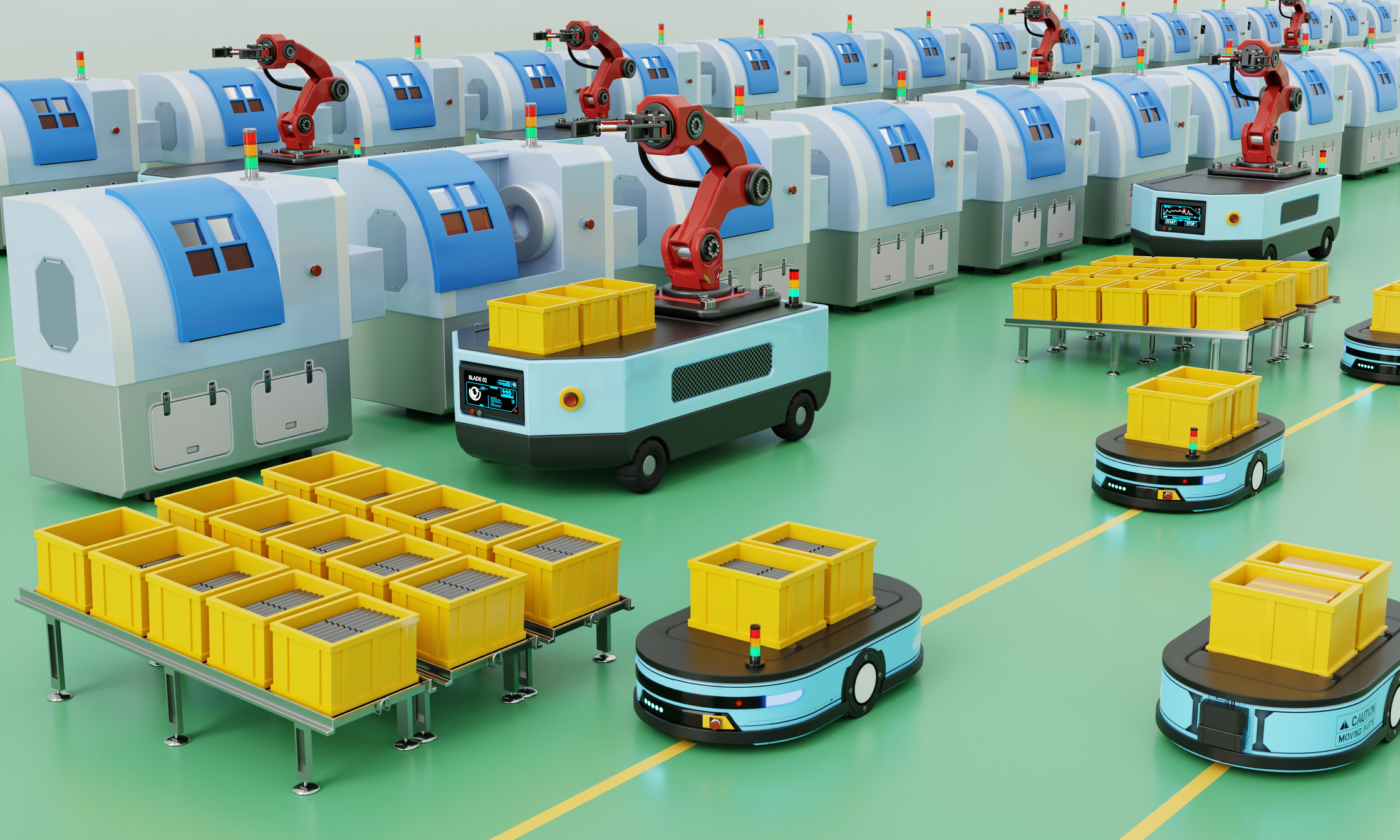
The other important element of this is the degree to which CES has become an automotive show over the past decades. The obvious import of this is that many automakers are getting aggressive about robots — either through investments or through their own divisions. Hyundai’s Boston Dynamics acquisition was very much in the limelight at last year’s show. There’s also the slightly more tenuous — but equally important — impact that innovations in autonomous driving systems have had on the industry. Vision systems, drones, Lidar and the like are all here, and the robots will follow.
I just received an email from the CTA titled “Start Your Year Off at CES 2023,” which I plan to do slightly begrudgingly. Even in normal years, CES can be soul-destroying chaos, but after several years away, it’s going to be a lot. The timing is always annoying from the standpoint of attempting to enjoy the holidays but makes sense as far as trying to be the tip of the spear for tech news. CES planted its flag as the first tech show of the year, and it’s not budging, even if means, somewhat ironically, being on a plane full of hungover people traveling to the show.

Due to the nature of the show, it’s almost inevitable that next week’s Actuator is going to be looking ahead at the year to come. Thankfully, a trio of much more qualified people gave their 2022 debriefs and 2023 predictions right here, but the week between Christmas and New Year’s is supposed to be about quiet reflection, so let’s do some of that now, and if a little bit of prediction seeps in, well so be it.
It’s overly dramatic to suggest that 2022 is the year that robotics came crashing back down to Earth, but there was undeniably a lot of market correction. That’s something that will certainly drag on into the new year. There was a nice little window in there for several months when robotics and automation seemed unfazed by macroeconomic forces, cruising on the forward momentum afforded them by the pandemic.
But it didn’t take a genius to see this coming. Those forces come for us all eventually. Here’s what I will say on a positive note: I’ve not yet found the person who suddenly changed course on robotics in all of this. There’s certainly some disagreement on the finer details, but people from all walks of life and business categories still believe the robotics ubiquity is an inevitability. That bodes extremely well for the space.
Ultimately, however, a year that crashed out of the gate on a bullish note has ended 2022 a bit worse for wear. That’s manifested itself in a number of different ways, from startup folding (we did a big piece on those here) due to an inability to raise sufficient funds to layoffs at big firms. We’re likely going to see continued consolidation of the industry, in the forms of shuttered projects and company closures (most startups fail — I don’t need to tell you that).
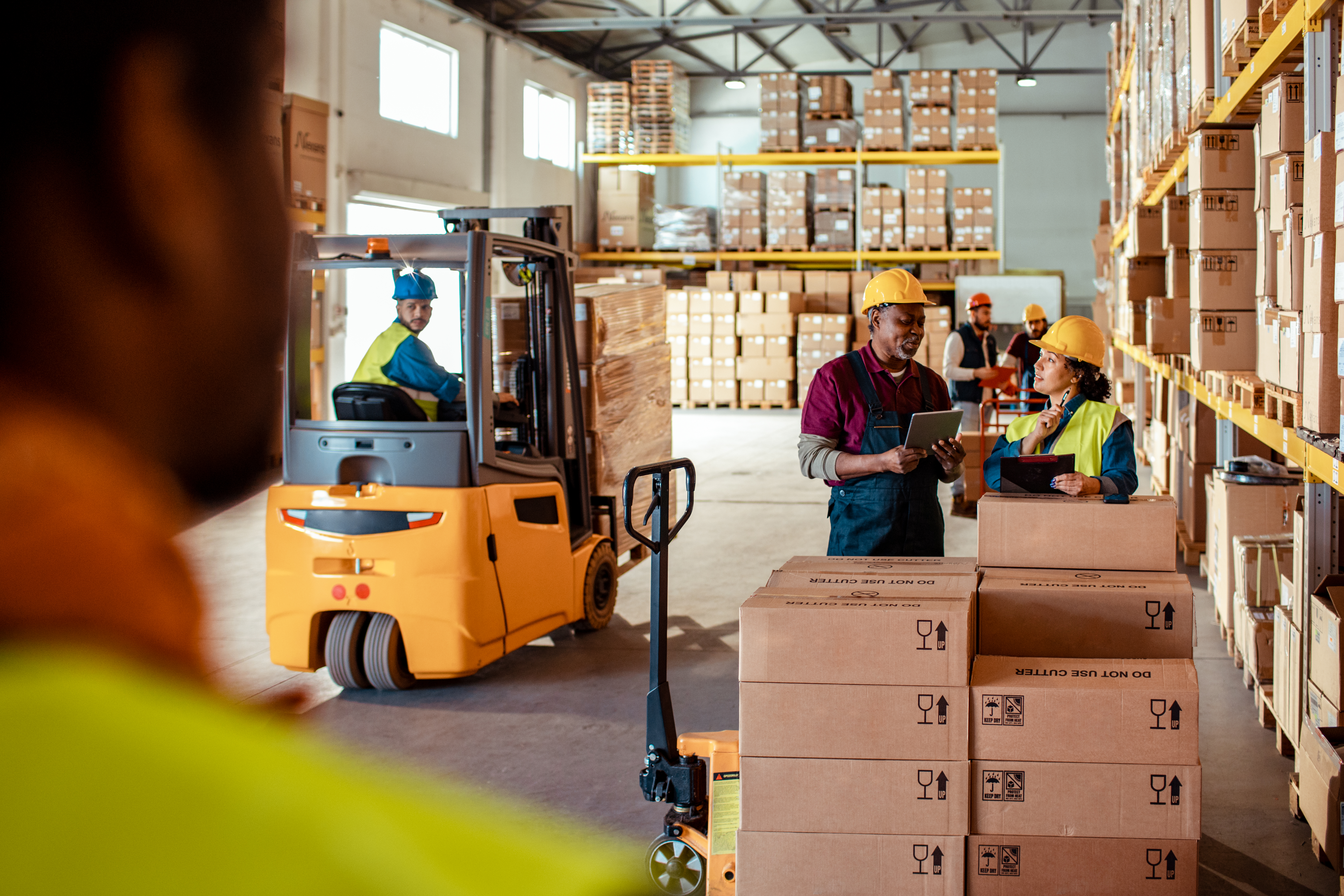
Of course, it’s never good when people lose jobs — I’ve been laid off a couple of times. It really hurts emotionally and financially and I don’t wish it on anyone. But there may be a silver lining of sorts in all of this. Founders have a way of overcrowding the market. Once it’s clear a product or concept brings in money, there’s a sudden land rush. This is how bubbles form. If you’ve got the right team and some luck, however, you can turn economic gloom into something great — whether it’s a pivot, a new company or combining forces with the right folks.
Ultimately, I see the industry emerging even stronger on the other side of this.
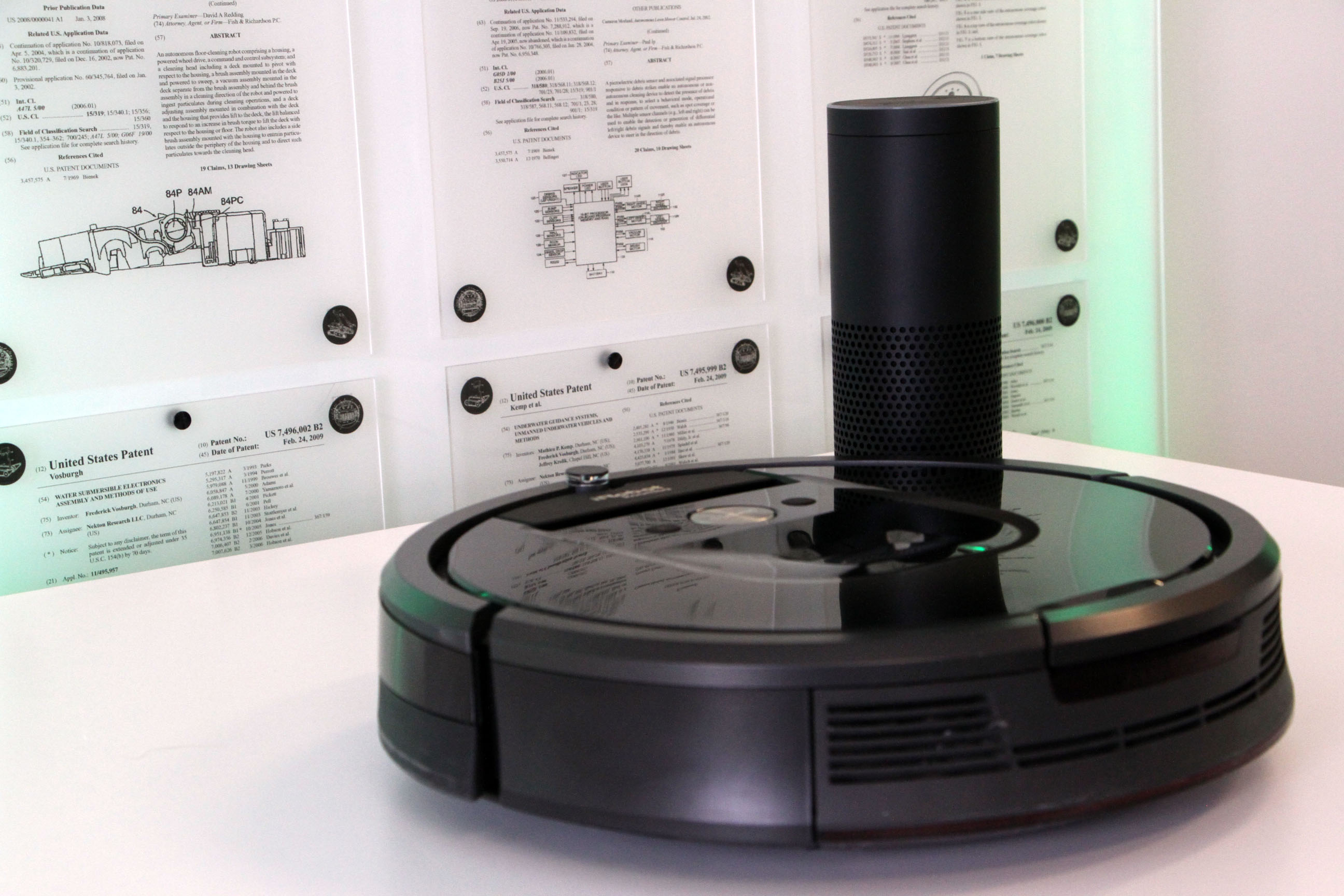
Acquisitions will be a big piece of this. There are, of course, various reasons a startup doesn’t see a viable path forward, and economic headwinds invariably magnify these problems. Meanwhile, the company with deep pockets understands that it’s often easier to simply acquire a company with a proven track record, rather than attempting to remanufacture that momentum. Given the time, resources and brain power involved in launching a robotics company, that’s especially applicable here.
Once more big companies have determined their robotics strategies, expect them to get even more aggressive with acquisitions. And hey, if a firm is struggling due to economic factors and generally bad timing, even more reason to swoop in. The two roadblocks here are that (1) even conglomerates are cutting spending and (2) the FTA has signaled that it plans to go after antitrust concerns more aggressively. As anticipated, the Amazon/iRobot deal announced back in August is facing exactly that.
Far and away, the biggest bit of robotics news I missed during my time off was Intrinsic’s acquisition of Open Robotics. Making a note for myself to talk to the parties involved after CES, but the deal is — at the very least — an interesting one. Alphabet/Google (by way of Intrinsic) has essentially bought the for-profit elements of the company, rather than Open Source Robotics Foundation, which is the steward of ROS.

Co-founder and CEO Brian Gerkey clarifies:
Intrinsic is acquiring assets from these for-profit subsidiaries, OSRC and OSRC-SG. OSRF continues as the independent nonprofit it’s always been, with the same mission, now with some new faces and a clearer focus on governance, community engagement, and other stewardship activities. That means there is no disruption in the day-to-day activities with respect to OSRF’s core commitment to ROS, Gazebo, Open-RMF, and the entire community.
So Google won’t own the open source operating system, but it is acquiring many of the brains that helped build it.
The other big thing I was slightly disappointed in not having been around to write about (nope, definitely not every dumb Elon tweet) was San Francisco’s reversal on the deadly force robotics clause. This is one of those cases where press coverage amplified an issue that authorities likely thought/hoped would go unnoticed. The city by the bay tapped into its activist roots (they’re there if you brush away some of the overgrowth and look closely enough), causing lawmakers to (at least temporarily) reverse course.
The story is an example where the things the clause represented — and the precedent it would create — were every bit as important to the story. Would the wording have directly led to bomb-strapped robots? Maybe. Maybe not. But I do believe that concern is justified here, and in a political environment where Democratic politicians went along with this over fear that blocking deadly robots might paint them as anti-policing, it’s a lot easier to give law enforcement power than to revoke it.
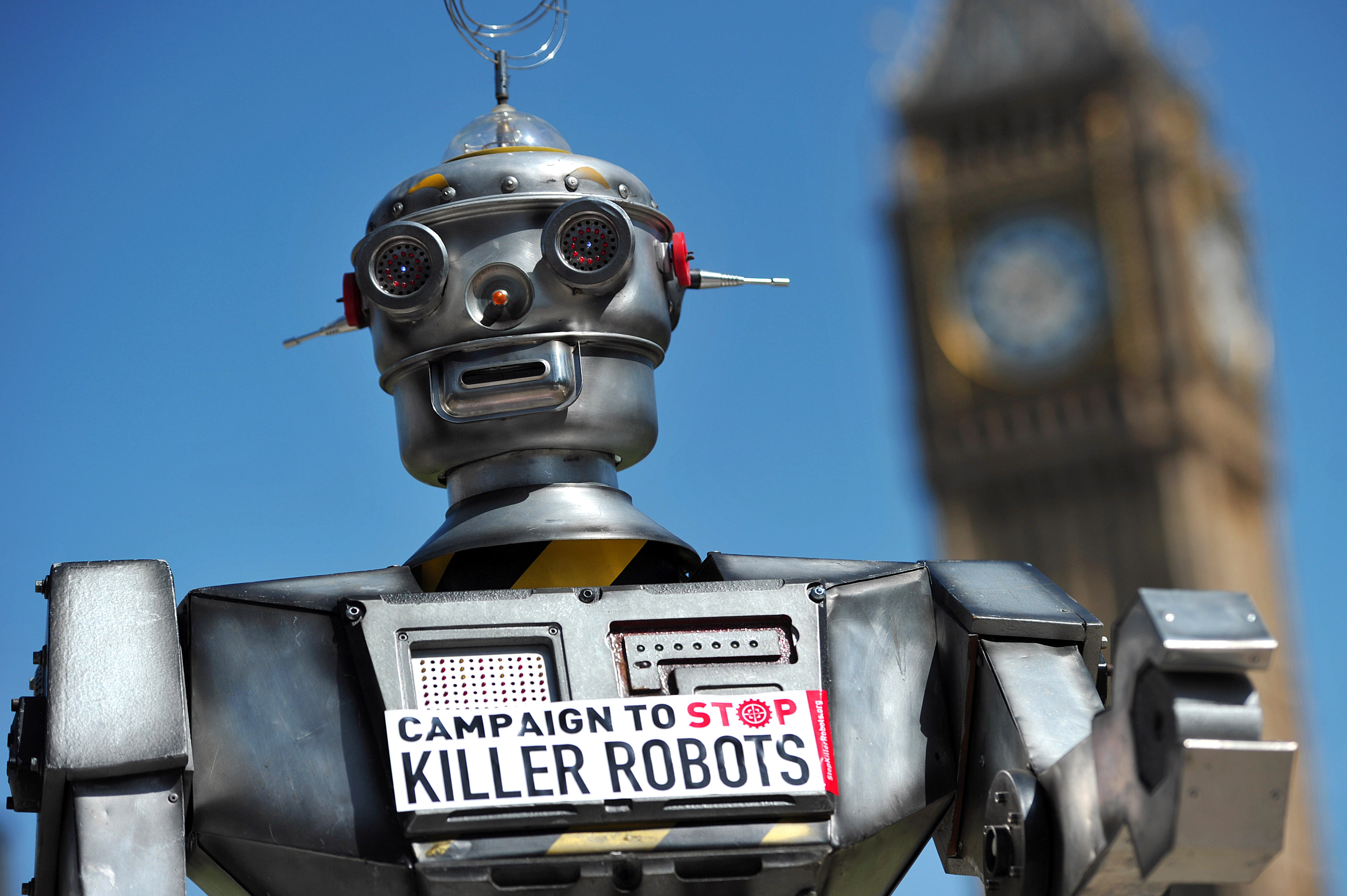
I’m glad the story caused more people to watch this space. The debate is very far from over — not just in San Francisco, but everywhere.
I would add all of the Ghost Robotics autonomous rifles into this bucket, as well as the opening letter signed by industry leaders calling for an end to weaponized general-purpose robots. The future didn’t look exactly like any of us expected (futures have a way of doing that), but it’s here nonetheless.
Labor is, of course, a big centerpiece to the robotics conversation. An inability to fill blue-collar jobs led to a bump in automation investment. This dovetails with ongoing labor struggles around things like living wages and unionizing that have been bubbling up in recent years. It’s an extremely important and nuanced conversation and one I fully expect to be covering in the years to come. Viewing history and past precedent is an important step in contextualizing this, but it’s also important to note the elements that are unprecedented.
There are reasons to be hopeful and reasons to be concerned, and anyone who tells you definitively how all of this shakes out is getting high on their own supply, so to speak. As ever, the one position I’m advocating here is unchanged: it’s our role as a society to speak for those who don’t have a voice. Whether short- or long-term, lives are going to impacted. If we truly believe the role of technology is the better of society, we need to make sure people don’t get caught under the wheels of this train.
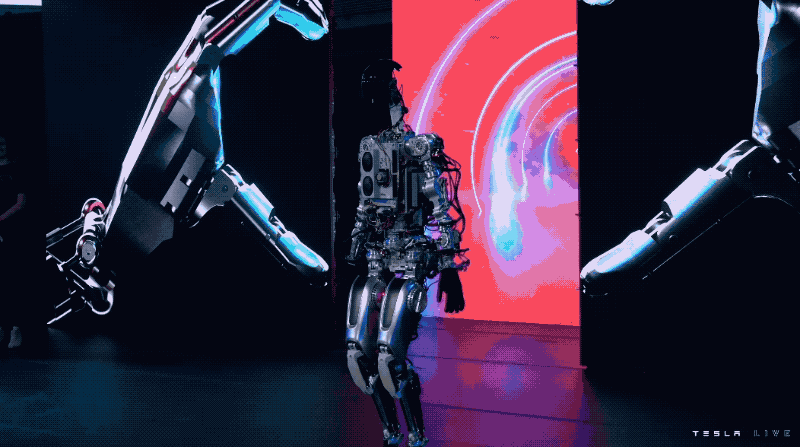
I wouldn’t say that 2022 was a huge year for humanoid robotics, but we did see some important seeds planted. Tesla’s robot was pretty much what roboticists expected: a microcosm of every conversation you’ve ever had about why robotics is hard. The debut was important for two reasons. First, it reignited an important conversation around robotic form factors, and second, it reset a lot of expectations about what a robot is — and can be — in 2022.

A few more things to watch out for:
- Resurgent agtech robotics
- Prosthetic breakthroughs
- Advances in bio-inspired and soft robots
- Nano/microbotics, particularly in the medical field
- Eldercare robots, which are finally having a moment
As someone said to me recently, it may feel like we’ve been doing this robotics thing forever, and certainly there were times when it felt like progress was moving at a glacial pace. But if you take the long view, it’s clear that we’re a hell of a lot closer to the beginning than the end — or even the middle — of this thing. If you’re here and reading this, congratulations, you’re in on the ground floor.
Strap in and put your helmet on, it’s going to be a fun ride.

To get Actuator in your inbox, subscribe here.






























Comment